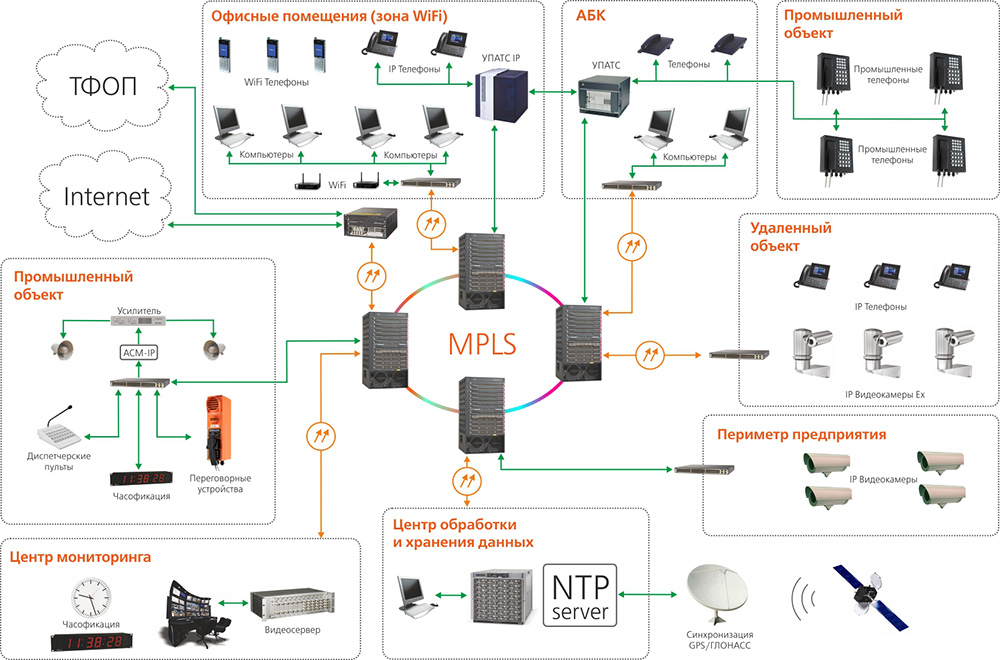MPLS is a scalable and protocol independent data transfer mechanism. In an MPLS-based network, data packets are labeled. The decision to further transfer the data packet to another network node is carried out only on the basis of the value of the assigned label without the need to study the data packet itself. Due to this, it is possible to create an end-to-end virtual channel, independent of the transmission medium and using any data transfer protocol.

MPLS makes it fairly easy to create virtual channels between network nodes.
The technology allows you to encapsulate various data transfer protocols.
The main advantages of MPLS are:
To solve identical problems, technologies such as Frame Relay and ATM were previously developed. Many engineers believed that ATM technology would be replaced by other protocols with less data transfer overhead and at the same time providing variable-length data packets with a connection between network nodes. MPLS technology was developed taking into account the strengths and weaknesses of ATM. Currently, MPLS-enabled equipment replaces equipment supporting the aforementioned technologies on the market. It is likely that in the future MPLS will completely supplant these technologies [4].
In particular, MPLS dispenses with cell switching and a set of signaling protocols specific to ATM. When developing MPLS, it came to the understanding that at the core level of a modern network there is no need for ATM cells of a small fixed size, since modern optical networks have such a high data transfer rate [5] that even a data packet of a maximum length of 1500 bytes experiences a slight delay in queues buffers of switching equipment (the need to reduce such delays, for example, to ensure a given quality of voice traffic, influenced the choice of small cells specific to ATM).
At the same time, MPLS tried to preserve the mechanisms of optimization and traffic management (English traffic engineering) and control separately from the transmitted data stream, which made Frame relay and ATM technologies attractive for implementation in large data networks.
Despite the fact that the transition to MPLS provides the benefits of managing data flows (improving reliability and improving network performance), there is a problem of losing control of data flows passing through the MPLS network from conventional IP applications.